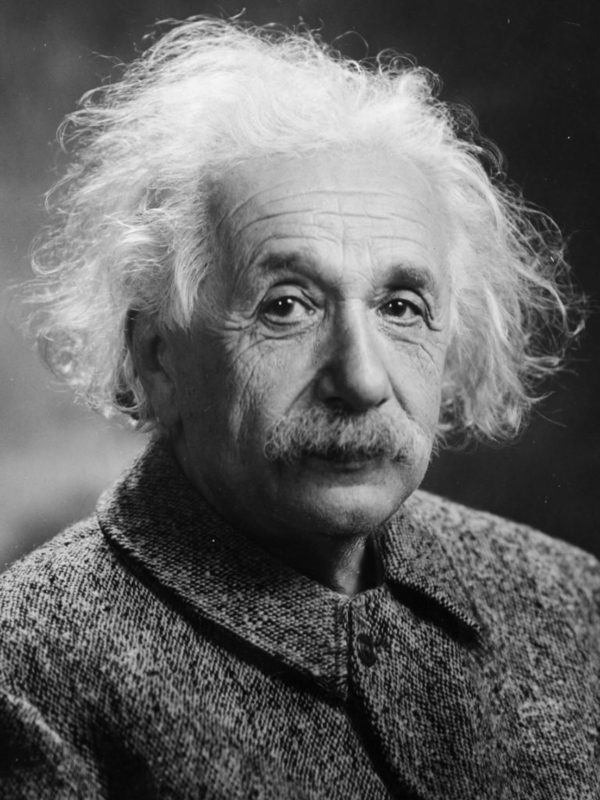
What counts as science? As a social scientist, this is a question that comes up over and over again, especially in interactions with ‘hard’ scientists in physics, chemistry, and biology. It is a question even more urgent in psychology amidst the current replication crisis, in which not only are ‘foundational’ studies challenged but entire methods of experimental psychology are called into question. Science, I suggest, is a collection of practices oriented toward the pursuit of systematic knowledge. In human development, most concepts need to be understood in context. For instance, you cannot understand the development of children without considering the way the caregivers interact with them.
The focus on practices burst onto the scene of the learning sciences with the influential book, Situated Learning: Legitimate Peripheral Participation, by Jean Lave and Etienne Wenger. This book and related work emerging in the early 90’s describe practices as socially-valued activities engaged in by groups to some end. Practices studied thus far include the following: navigation, weaving, science, Alcoholics Anonymous, astronomy, architecture, engineering, basketball, history, midwifery, mathematics, and engineering. Each of these practices is about different activities and aims for different goals. Practices have widely varied ends: from products like woven goods, services like a processed insurance claim, psychological outcomes like identity reconstruction in Alcoholics anonymous, skillful play as in basketball, and specific knowledge in a particular domain (e.g., history). Research into practice seeks to understand the intertwining of learning, activity, and epistemology.

The study of practices within a sociocultural frame is a generative paradigm in the learning sciences and is becoming prominent in work on epistemic games (games emphasizing what it means to know as an engineer, architect, etc.), historical thinking, new math, scientific identity, and more. According to this ever more widely accepted paradigm, it is unproductive to count a mere capacity to solve equations, apply scientific principles, or describe key historical events as ‘knowing’ math, science, or history, respectively. Instead, scholars like Jo Boaler, Bryan Brown, and Sam Wineburg contend that in these practices, knowing, and thus approaching truth, entails an appropriate integration of valuing, feeling, perceiving, and acting as a mathematician, historian, or scientist. Thus, participating virtuously in a practice entails co-constructing an emerging identity as a member of that practice with those who are already participants in it and developing the corresponding expertise.
Within the context of science, then, what might this look like and how does it relate to the scientific end of generating powerful systems of knowledge? Truth, stemming from the practice paradigm, is that which is and allows the more effective pursuit of the ends of a practice. Thus, relativity is truer than Newtonian mechanics for physicists’ addressing many problems because it allows, at least at the edges of the practice of physics, a more accurate model of what physicists observe about physical processes and materials. Nonetheless, for the practice of engineering, Newtonian mechanics may be more practical in many applications. Truth is also that which unveils obstacles to realizing the ends of a practice and raises awareness of them, as in the current replication crisis in psychology. After all, any practice, without such stewardship, can fall prey to the vicious pursuit of external goods, like publication and the status associated with it, to the exclusion of internal goods.

As a developmental scientist exploring the replication crisis in more detail, I find it at once unsurprising and also important for understanding what counts as knowledge and how scientists perceive truth. Much of the psychological research published in top psychology journals is intramural—conducted within the walls of elite or regional colleges in the United States—often largely on undergraduate students taking psychology courses, and completed in heavily controlled laboratory settings. This means that these students comprise only a subset of even the college-going population, and they are largely of traditional college age (18-22). This excludes entirely what demographers who study the transition to adulthood have called the ‘forgotten half’, those who do not attend a 4-year college at all. Further, it misses out on an extraordinary variety of ethnic and cultural diversity, which evidence increasingly shows influences an array of psychological processes. It also misses out on younger and older individuals. Finally, it cannot account for potential cohort effects—the results of having developed during a certain time period. For instance, attending college in the 1960’s, prior to the existence of cell phones, likely influenced the media skills and attentional capacities of students in studies at that time, whereas students in 2016 may be expected, merely as a function of the era in which they developed, to be substantially psychologically different.
Practices, then, can contribute to the development of truth internal to that practice. To a philosopher, however, this begs the question, as it sidesteps the question of how truth, internal to a practice, relates to truth, broadly conceived. The only response within the practice paradigm that I can offer for such a critique is the possibility that we might conceive of ‘life practices’ as overarching meta-practices serving to bridge the multiple practices in which any individual engages. These life practices emerge from various views of the ultimate, what Alasdair MacIntyre has called traditions, including religions and cultures with their various conceptions and articulations of the ultimate telos. Thus, while we can pursue understanding through most practices, we can only pursue wisdom through life practices.
Originally published by at ctshf.nd.edu on October 06, 2016.